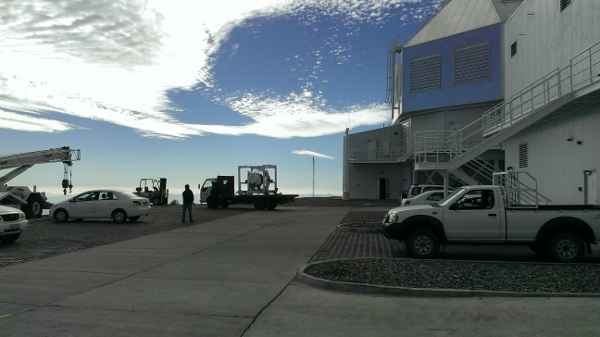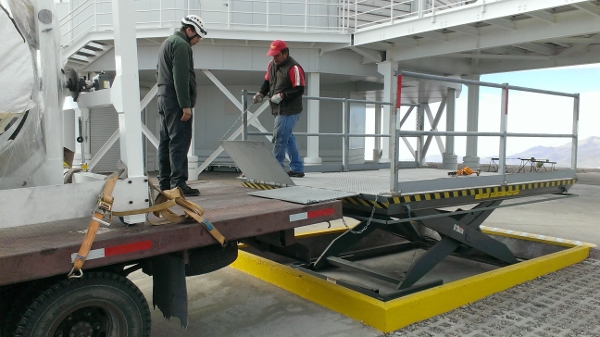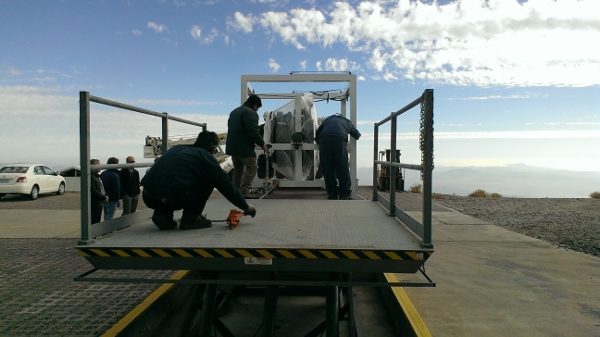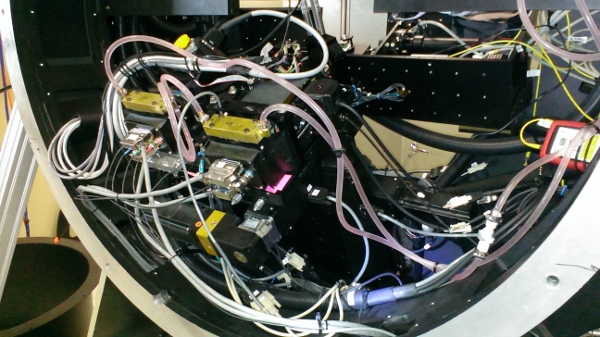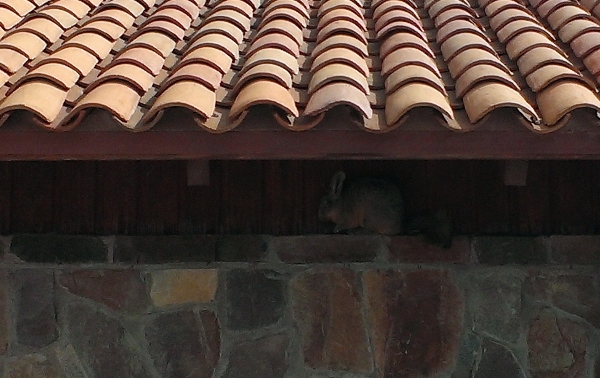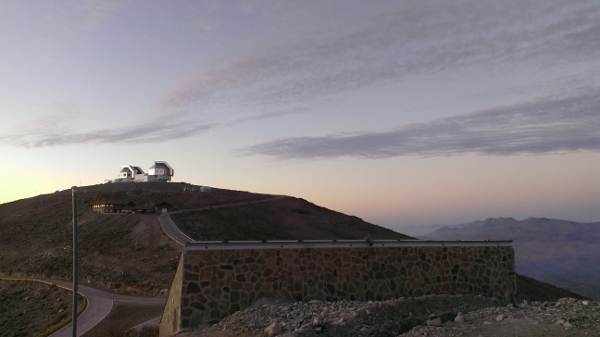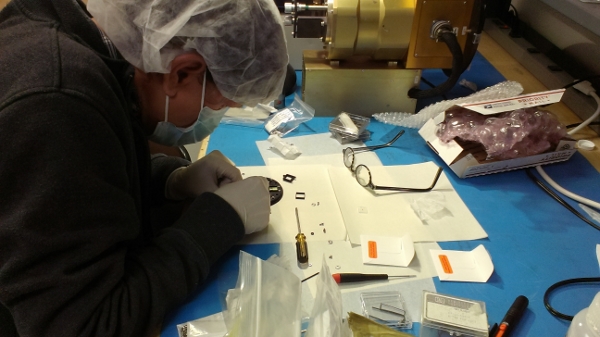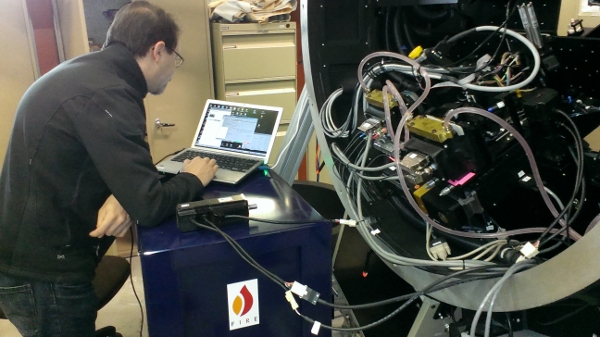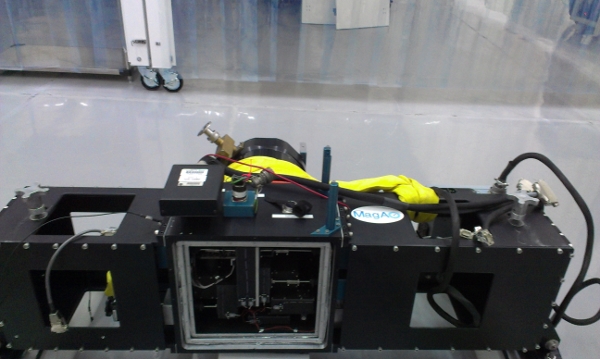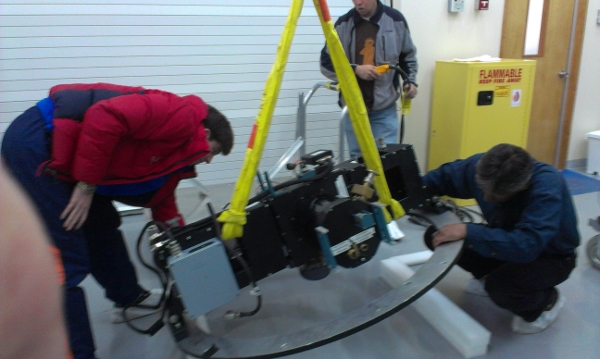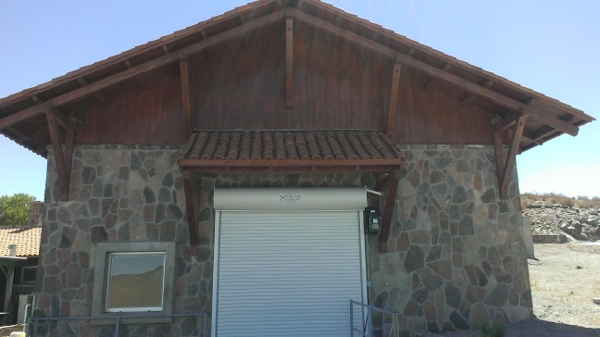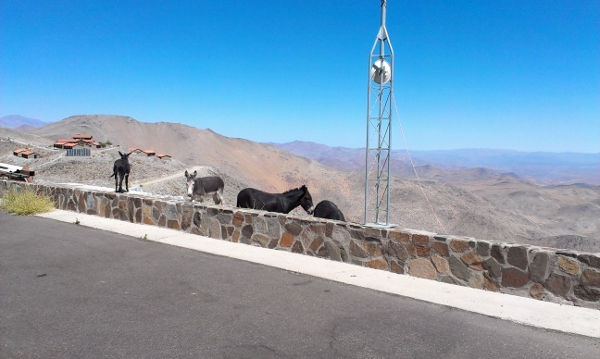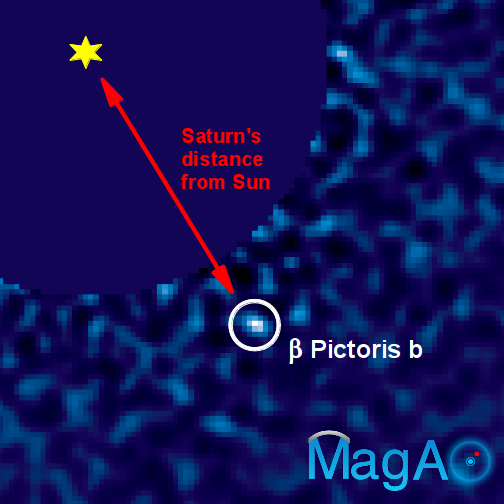Let me remind you of how cruel a mountain can be:
“Caradhras was called the Cruel, and had an ill name,” said Gimli, “long years ago, when rumour of Sauron had not been heard in these lands.” — J.R.R. Tolkien, The Fellowship of the Ring
We may not have wizards against us, but when it decides to blow here, it really blows.

60 mph winds put almost a complete stop to our operations today. We were supposed to move the ASM first thing, and support the f/11 secondary change out. Instead we had to wait until the winds died down enough. Even still, we ended up waiting for a temporary lull and rushing the ASM across the gap (a.k.a. “The Wind Tunnel”) between the Aux and the Clay elevator late this afternoon.
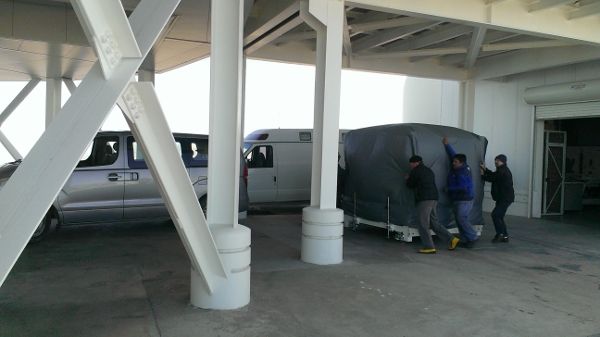
Once the ASM was safely in Clay, the crew proceeded with the changeover. Here’s our delicate shell swinging through the air.

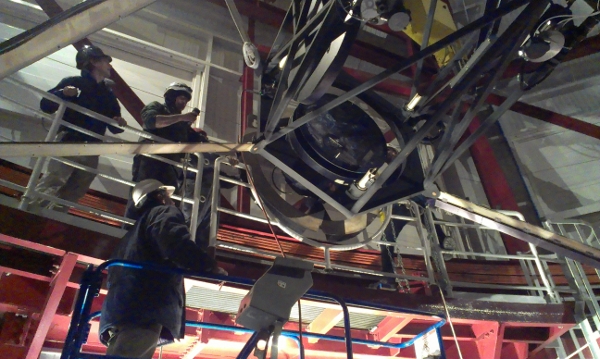
The crew skipped dinner to get this done for us. Muchas gracias guys.
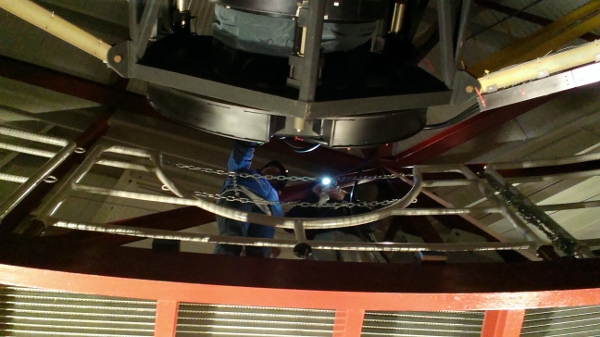
A few other things were dealt with in the mean time.
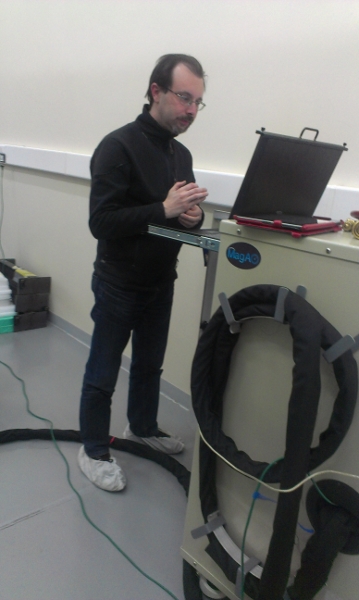
After all that bluster, we ended up with a nice calm sunset.

The winds have picked back up late tonight. We’ve noticed that there are a lot of airplanes in the skies of LCO. Implications for the GMT laser guide star system aside, this song gives some hope that they might be useful. If it doesn’t stop blowing soon, I’ll be willing to try anything.
